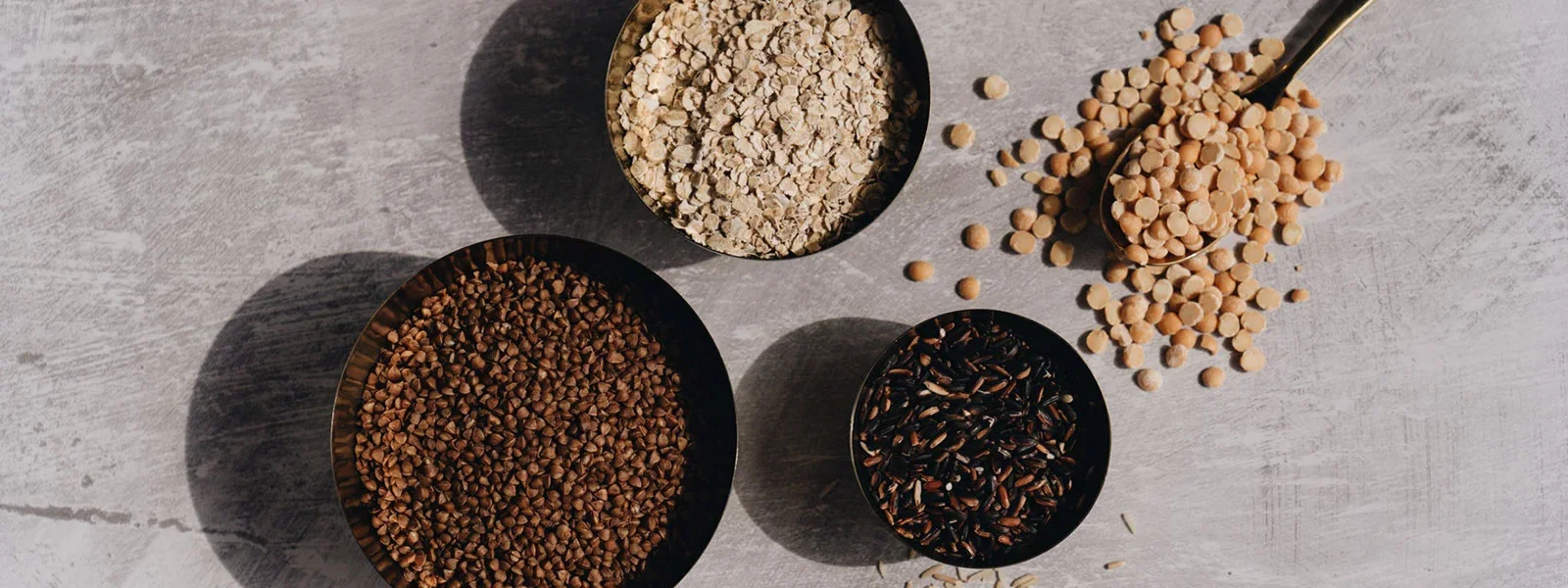22nd June 2021
With one-third of Australians now consuming a reduced meat or flexitarian diet, the plant-based eating trend shows no signs of slowing down.
While many already know that a plant-based diet will consist of plenty of fruit and veg, legumes, and healthy fats, it may come as a surprise that whole grains play a big part in providing your body with the energy it needs each day as well as lots of nutritious fibre to kick start your digestion. Many are also a source of protein which can help you feel fuller.
Nutritionist and UNCLE TOBYS Ambassador, Kathleen Alleaume breaks down why whole grains are essential and how you can make easy swaps to up your grain game.
What’s to gain from grains?
Whole grain and high fibre grain foods are a hallmark of any healthy diet. Nutritionally, whole grains contain protein, dietary fibre, vitamins (especially B-group vitamins and antioxidant Vitamin E), minerals (iron, zinc, magnesium and selenium) and many bioactive phytonutrients.
How much whole grain is enough?
The National Grains & Legumes Nutrition Council recommend Aussie adults consume 48 grams of whole grains daily. This can be easily achieved by choosing a minimum of 3 serves of whole grains every day.
How to choose the right whole grains
If you're not sure something contains whole grains, check the product label. Look for terms whole grain, whole wheat, wholemeal, brown rice, barley, oats, rye, quinoa, millet, sorghum or triticale, and make sure whole grains appear among the first items in the ingredient list.
The fibre content also offers insight into whether a food is truly made with whole grains. Choose products with at least 2-3 grams of fibre per serve.
What role do whole grains play in a plant-based diet?
With many Low GI options available and being a source of protein, whole grains can help you feel fuller and satisfied in the absence of highly-filling foods like protein-rich red meat. And, they can also be a vehicle to help you add more plant foods into your diet. For instance, roasted veggies on whole grain bread, a pita filled with hummus and vegetables, or a bean burrito. Even a nut butter can be added to your rolled oats as a great way to boost your plant protein intake and create a balanced meal with healthy carbohydrates, plant proteins, and healthy fats.
Plant-friendly swaps to up your grain game
Here are some other easy swap suggestions to increase your whole grain intake:
- Enjoy a whole grain breakfast cereal made from whole grain wheat, rye, barley, or traditional rolled oats made into a porridge
- Blend rolled oats, whole grain breakfast cereal or quinoa flakes to your morning smoothie for a fibre boost
- Choose whole grain breads and wraps for lunch
- Swap rice or water crackers for whole grain crackers topped with avocado, hummus, or nut butter
- Switch to brown, wild rice, barley or quinoa with a stir-fry or casserole.
- Substitute breadcrumbs for stuffing made from cooked quinoa, rolled oats, brown rice, buckwheat or freekeh
- Change your regular white pasta for a wholegrain version such as wholemeal, whole spelt, quinoa.
- Choose a muesli bar made with at least 40% whole grains for a snack
- Add quinoa to soups or risottos
- Mix up your flours when baking muffins, pikelets, or scones by substituting white flour for oat, buckwheat, rye, or spelt flours
Or, if all else fails, consider UNCLE TOBYS cereals and snacks – they all contain whole grains, guaranteed.
What type of tasty goodness are you looking for?
Search our range
